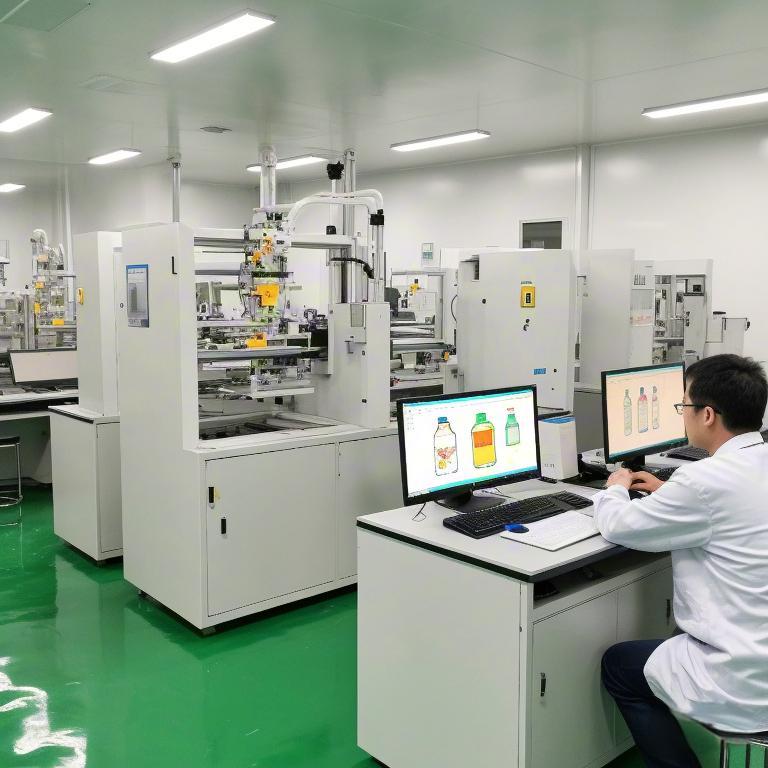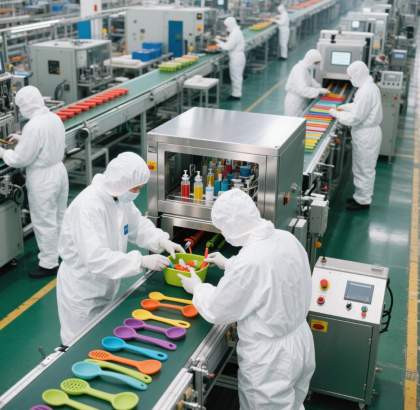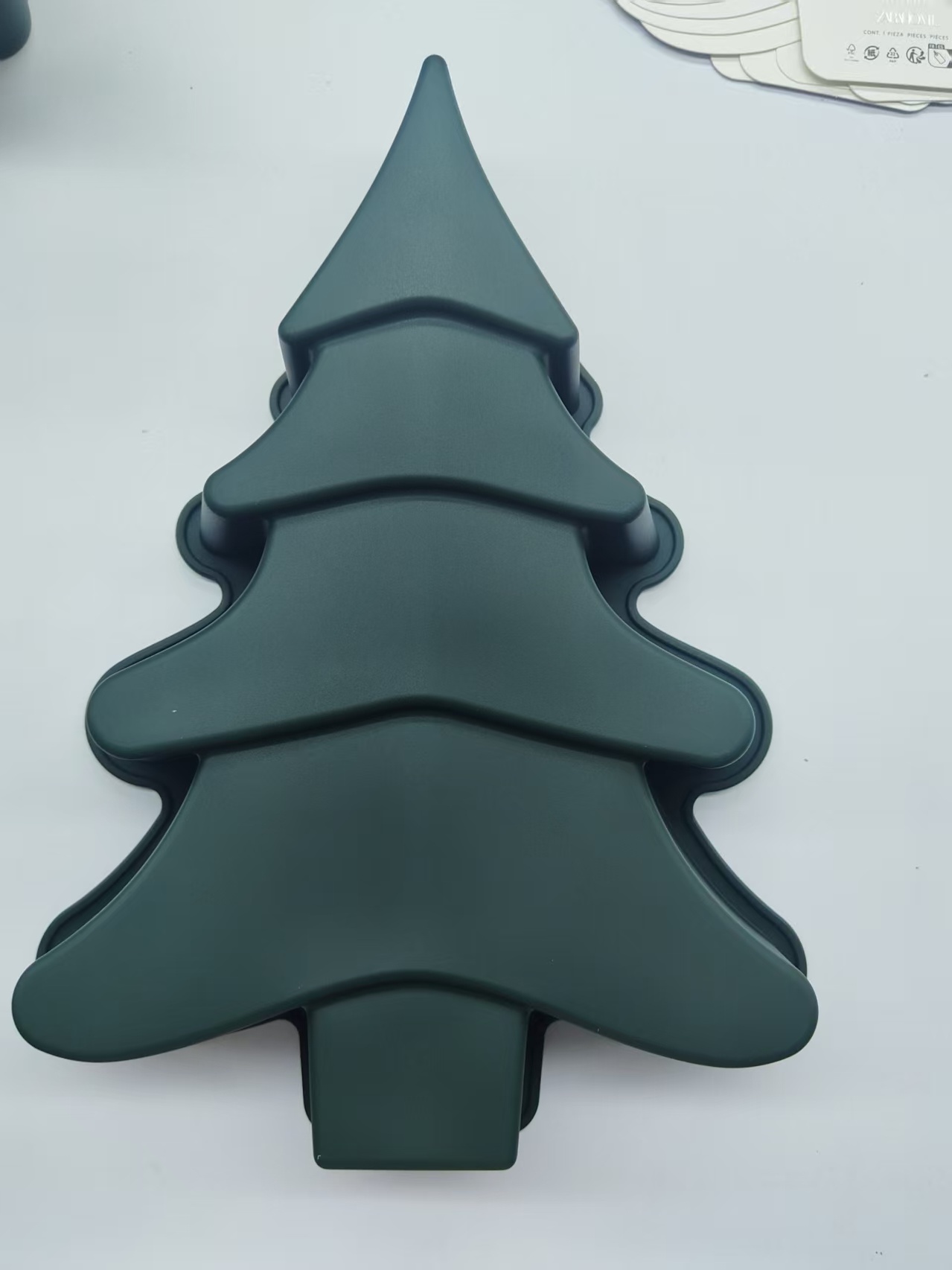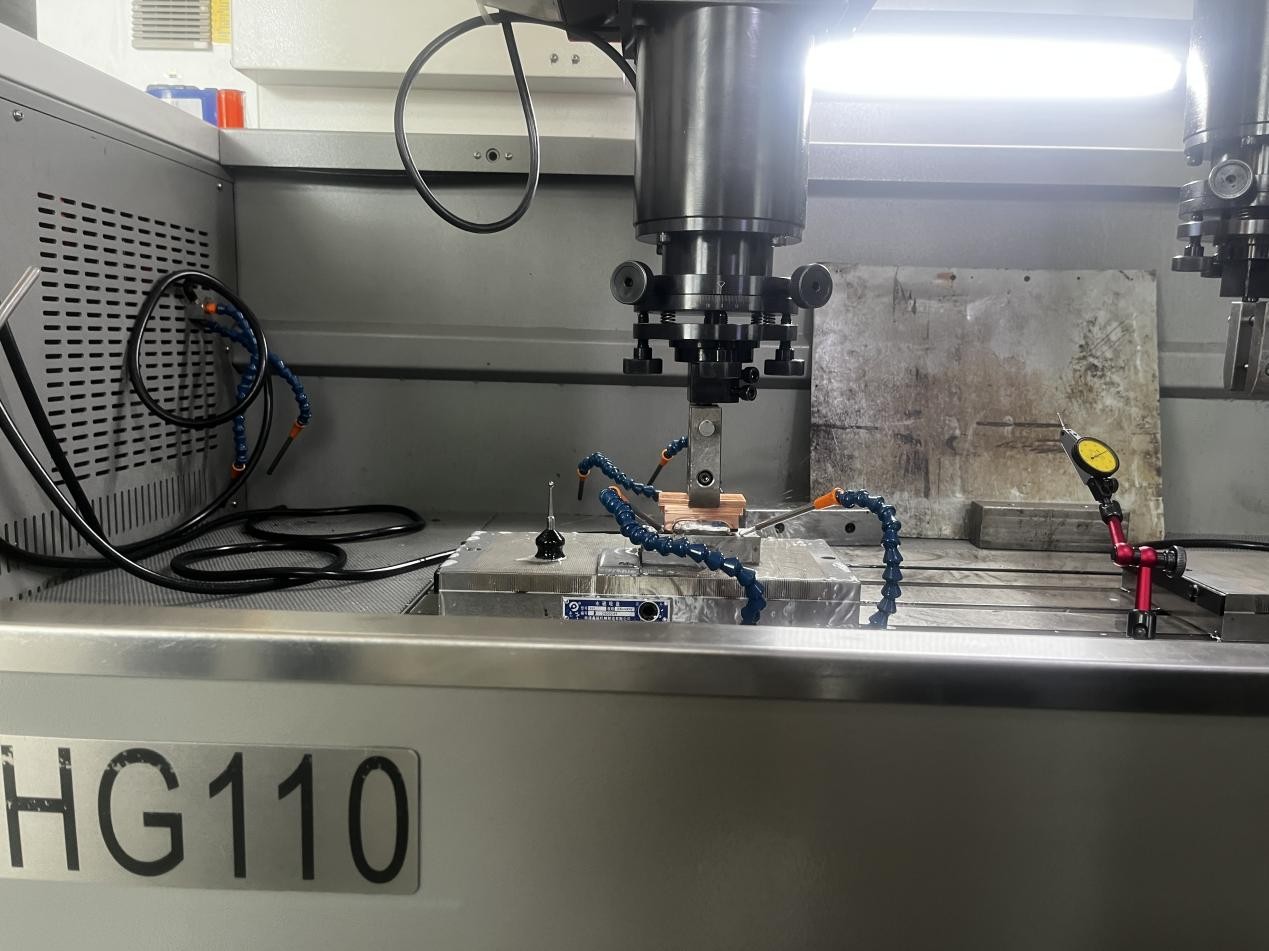Contents
What Are the Advantages of Injection Molding?
Introduction to Injection Molding
Injection molding is a highly efficient, cost-effective manufacturing process that involves injecting molten material into a mold to create precise and complex parts. It is widely used in industries such as automotive, medical devices, electronics, and consumer products. Injection molding can be applied to a wide range of materials, including thermoplastics, metals, and silicone, making it one of the most versatile manufacturing techniques available.
In this article, we will explore the advantages of injection molding, including its efficiency, precision, and versatility, as well as how liquid silicone injection molding (LSR) is revolutionizing the production of silicone products.
1. High Efficiency and Speed
One of the main advantages of injection molding is its high efficiency and speed. Once the mold is created, injection molding can produce large quantities of parts quickly. The process is highly automated, reducing the need for manual labor and increasing production capacity.
Short Cycle Time: Injection molding typically has a fast cycle time, with parts being produced in seconds or minutes, depending on the size and complexity of the product.
High Throughput: The high speed and automation of the process allow manufacturers to produce a large number of parts in a relatively short period, making it ideal for high-volume production runs.
This makes injection molding a popular choice for industries that need large quantities of precise parts, such as the automotive, electronics, and consumer goods industries.
2. Precision and Accuracy
Injection molding is renowned for its precision and high-quality results. The ability to create complex and intricate designs with tight tolerances is one of the biggest benefits of the process. The material is injected under high pressure, allowing it to fill the mold completely and take the exact shape of the mold cavity.
Tight Tolerances: Injection molding can produce parts with tight dimensional tolerances, ensuring that the final product meets the required specifications.
Complex Geometries: The process allows for the production of parts with complex geometries and fine details, making it ideal for industries that require intricate designs, such as medical devices, consumer electronics, and silicone molds for baking and chocolate production.
The precision of injection molding ensures consistent and repeatable results, which is critical for industries where product quality and reliability are paramount.
3. Cost-Effectiveness for High-Volume Production
Injection molding is one of the most cost-effective methods for mass production. The initial setup costs, such as mold creation, can be high, but once the molds are created, the cost per part is relatively low. This makes injection molding an excellent choice for products that require high-volume production runs.
Low Unit Cost: As production volume increases, the cost per unit decreases, making injection molding especially cost-effective for large-scale manufacturing.
Material Efficiency: Injection molding minimizes waste as it uses only the exact amount of material needed for each part, which contributes to both cost savings and environmental sustainability.
For businesses that require large quantities of parts, injection molding offers a highly scalable solution that provides consistent, high-quality results at a competitive price.
4. Material Flexibility
Another major advantage of injection molding is its material flexibility. The process can be used with a wide range of materials, including plastics, metals, elastomers, and silicone.
Thermoplastics: Materials like ABS, polycarbonate, and polyethylene are commonly used in injection molding, offering a wide variety of physical properties for different applications.
Silicone Rubber Injection Molding (LSR): Liquid silicone rubber (LSR) is a highly flexible, durable material often used in injection molding to create products such as baby products, medical devices, and silicone kitchenware. LSR injection molding is ideal for high-precision, high-quality silicone parts that need to be both flexible and durable.
The ability to work with different materials gives manufacturers the flexibility to choose the best material for the intended application, ensuring that the end product has the right properties for its intended use.


5. Design Flexibility
Injection molding also allows for design flexibility. With the use of advanced CAD software and 3D modeling, designers can create detailed molds that include multiple components, such as inserts, over-molds, or multi-material parts.
Complex Mold Design: Injection molding allows manufacturers to create molds with multiple cavities, enabling the production of parts with different features, such as inserts, threads, or over-molding.
Customization: LSR injection molding allows for customization of silicone parts, such as color, texture, and branding, which is ideal for custom silicone molds like chocolate molds, cake molds, or silicone baby products.
This flexibility in design makes injection molding suitable for a wide range of industries, from consumer goods to medical devices.
6. Durability and Consistency
Once molds are created, they can be used for high-volume production runs with minimal wear and tear. The durability of injection-molded parts ensures that the process produces parts with consistent quality across large quantities.
High-Quality End Products: Injection molding consistently produces durable, high-quality parts that meet strict performance and durability requirements.
Long Tool Life: Injection molds are durable and can be used for many thousands or even millions of parts before needing replacement, making the process highly cost-effective in the long term.
This consistent durability and performance are particularly important for industries that require reliable products, such as automotive components, electronic housings, and medical devices.
7. Environmental Sustainability
Injection molding is also an environmentally friendly manufacturing method. Since the process uses exact amounts of material, there is minimal waste, and excess material can often be recycled for future use.
Reduced Waste: The high level of material control ensures that waste is minimized, which is not only cost-effective but also environmentally responsible.
Energy Efficiency: Modern injection molding machines are energy-efficient, further reducing the environmental impact of production.
By reducing material waste and energy consumption, injection molding helps companies achieve their sustainability goals while still meeting high-quality standards.




